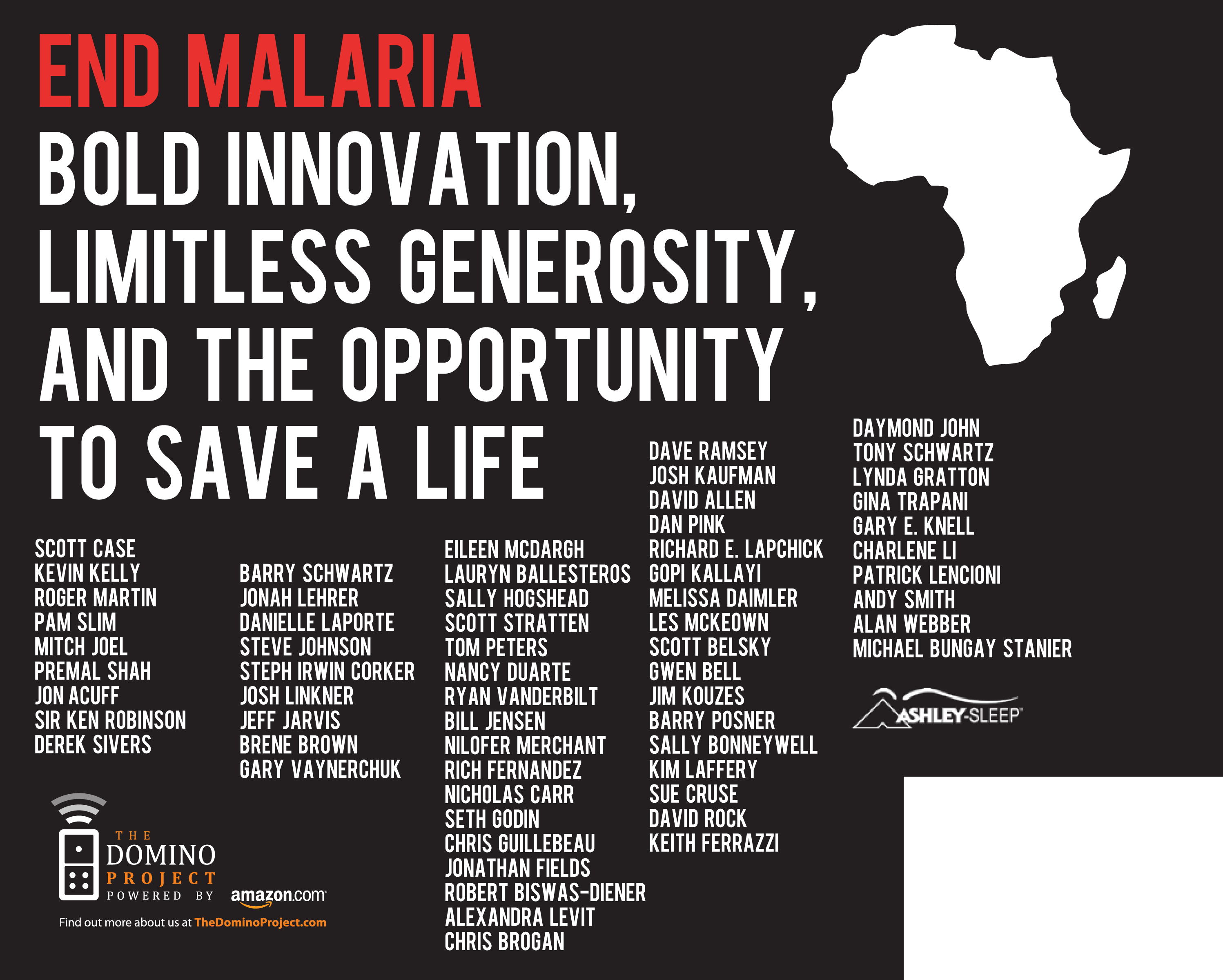Health Care Without Environmental Harm: What a Concept!
I’ve heard of Health Care Without Harm, but this press release reminded me of them. Isn’t it ironic that the people who are supposed to keep us from getting sick have, in general, some very UN-eco-friendly practices? I hope HCWH becomes a catalyst for change, and in three to five years, doing healthcare in environmentally sensitive ways will be the norm. We’ve seen it in other industries, after all.
Meanwhile, congrats to the group on receiving this impressive award:
HCWH President Gary Cohen and Regional Director Bill Ravanesi Accept EPA New England Region
Environmental Merit Awards
Awards for Health Care Without Harm Work on Sustainable Health Care(Boston, MA) Health Care Without Harm (HCWH) President Gary Cohen, of Jamaica Plain, MA, and Bill Ravanesi, HCWHBoston Regional Director, of Longmeadow, MA, today accepted the Environmental Protection Agency (EPA) New England Region Environmental Merit Award for their work in the region on behalf of Health Care Without Harm. The awards, which are the highest awards bestowed by the EPA in the New England Region, were presented for “extraordinary accomplishments to protect New England’s environment” in the Environmental, Community, Academia & Nonprofit category. A
NonprofitIn its commemoration of Cohen and Ravanesi’s work, the EPA stated, “Health Care Without Harm, dedicated to helping create a more ecologically sustainable health care industry, consistently has been a leading advocate for green chemistry in the health care industry, locally and nationally. The organization, with Gary Cohen as its founder and executive director, was a major force behind the decision of one of the country’s largest health care providers to convert its intravenous equipment to more eco-friendly alternatives.”
The EPA noted HCWH’s support of the Healthier Hospitals Initiative (HHI), a coalition of major health systems and organizations committed to improving sustainability and safety across the health care sector. Partners Health Care, of Boston, MA, is a founding sponsor of HHI.
“We are honored to receive this award,” said Cohen. “We are proud of the hospitals in the New England region of the country who in many ways have been leaders of the sustainable health care movement. Even though the work of Health Care Without Harm is international in scope, the idea is to make communities healthier for families, and our work in the region, we hope, will make New England healthier for all of those who live here.
The agency praised the work of Bill Ravanesi, who is responsible for working directly with hospitals in the area and is currently working on an initiative organized by the Boston Green Ribbon Commission on extending sustainability throughout the city. “Bill Ravanesi . . . helps New England hospitals in toxicity and waste reduction, green building services, energy efficiency and climate change programs, focusing on sustainability and resiliency,” said the EPA. “He is responsible for organizing program development and implementation, legislative and regulatory advocacy and policy reform initiatives and has engaged hospitals all over New England in adopting new ways of doing business that meet the challenge of environmental responsibility.”
The awards were presented today in Faneuil Hall in Boston, Mass.
HCWH is an international coalition of more than 508 organizations in 53 countries, working to transform the health care industry worldwide, without compromising patient safety or care, so that it is ecologically sustainable and no longer a source of harm to public health and the environment. For more information on HCWH, see www.noharm.org.


